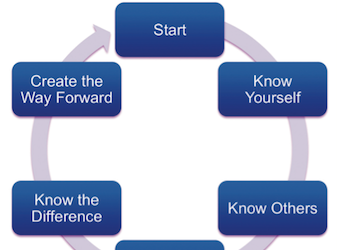We recently prepared for the launch of an HCP-administered therapy for patients with an orphan oncology condition and high unmet need. Our goal was to ensure that every patient who needed the therapy would have rapid and unburdened access upon approval. This is not an easy challenge for a HCP-administered therapy that payers are expected to tightly manage and impose significant cost-sharing requirements, such as co-payments and, increasingly, co-insurance. These barriers to access are not only difficult to navigate for experienced HCPs, but also are often entirely overwhelming for patients and caregivers trying to deal with an unexpected and complex diagnosis.
To start our work in understanding the access needs of our various stakeholders, we completed research on who our patients are and what type of healthcare insurance they have. A payer mix analysis broke down the percentages of patients who may have Medicare, Medicaid, or commercial insurance, and those who may be uninsured.
Using Learnings Effectively
We convened advisory boards and focus groups with patient and caregiver representatives as well as a multi-disciplinary cross-section of HCP staff to help us understand the challenges that they face by payer type. We learned that the access obstacles vary greatly by payer. Commercial insurers were found to impose the most significant restrictions, including burdensome prior authorization requirements and ever increasing levels of cost sharing. To help address access barriers, we created a suite of HCP- and patient-facing educational resources on reimbursement requirements, as well as assistance programs for eligible patients who could not afford the high levels of cost-sharing imposed by their commercial insurers.
An important learning was that a sizable percentage of patients remain uninsured despite the considerable insurance expansion under the Affordable Care Act, a law with an uncertain future currently. For uninsured patients, we would need to have a patient assistance program to meet their needs and ensure that they could receive eligibility determination and, if appropriate, free product, all without risking any treatment delay.
In the feedback we received from patients, caregivers, and HCPs, we learned that many manufacturers require lengthy applications (one manufacturer’s application was over 15 pages long!), which prove frustrating to patients dealing with an unexpected, life-changing diagnosis. We convened a cross-functional team charged with developing a simple, one-page application. Every question, field on the form, and request for documentation was scrutinized to ensure that the information served a clear legal, compliance, or program operations purpose. Our goal was to make it easy for patients to interact with us.
Furthermore, our commitment to seeking patient, caregiver, and HCP feedback does not stop at designing our access programs. We plan to conduct an annual audit of our programs and convene additional focus groups to gain feedback on our access services and make continuous improvements as we work as one for patients.









